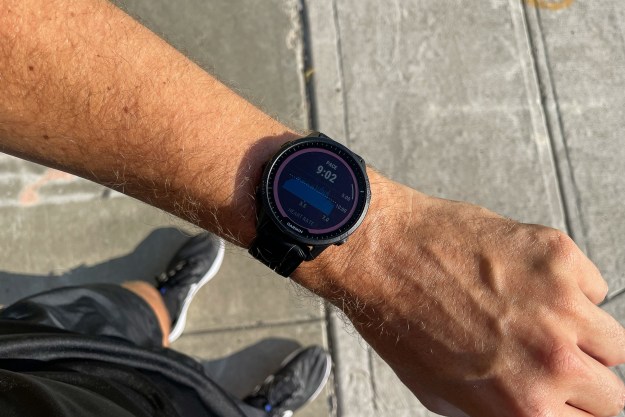“We wanted to use something that would be familiar to everyone, so we took a bicycle-like mechanism that you’ll see in almost any gym in the form of an elliptical trainer,” research associate Johnny Godowski — who has been working on developing efficient, dynamic high-speed legged robotic systems since 1981 — told Digital Trends. “What we did was to adopt that mechanism, take the place where you would usually put your feet, and put that on the control point below the knee so that the mechanism drives the legs.”
The result is a clever, self-balancing two-legged robot called the Planar Elliptical Runner. Rather than using sensors and a computer for to stay balanced, the ostrich-inspired robot boasts just one motor and a nifty design that lets its run on a treadmill at 12 mph — seemingly without too much difficulty. All it needs to control the amount of power given to the motor is an RC car radio controller, which slows it down or speeds it up according to what its dealing with.
The advantage isn’t just that it can outrun us over long periods of time, either. Godowski explained that the biology-inspired design also makes it responsive to terrain.
“It’s emulating what you see in nature,” he continued. “Birds are able to run over holes and obstacles half their leg height, and they don’t even break stride. Our robot mechanism is designed to do the same thing.”
The mechanism, he added, could be applied to a wide variety of robots, ranging from two-legged runners to four-legged sprinters — or even underwater creations. As such, he described it as a less a new form factor than as a new “class of form factors.” It’s yet another exciting example of the flexibility of modern robots.
“Large parts of the land surface of the planet are not accessible to wheeled or tracked vehicles in any meaningful way,” Godowski said. “This work is about opening up new possibilities.”


